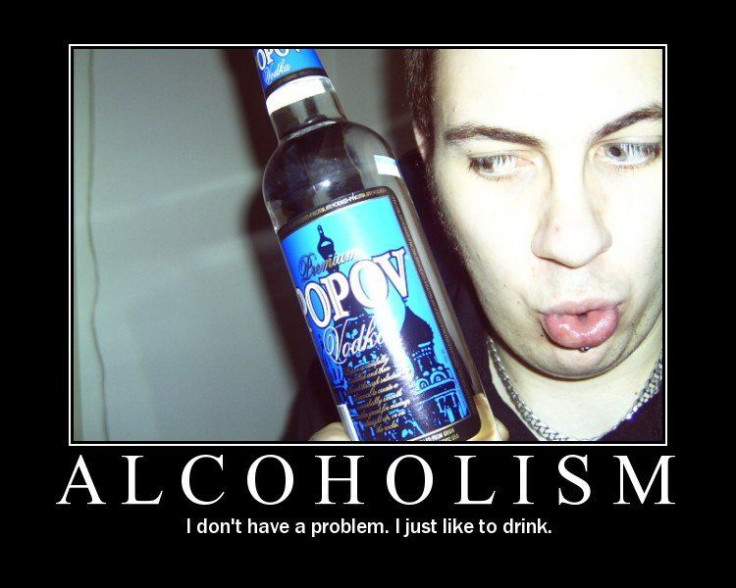Alcoholism Is A Disease: CDC Finds 90% Of Heavy Drinkers Are Not Alcoholics

While many health care professionals, including the American Medical Association, classify drug and alcohol addiction as a disease, some critics feel this just an excuse for a lack of willpower. A recent study conducted by the Centers for Disease Control and Prevention has revealed that around 90 percent of Americans who drink heavily are not actually considered alcoholics. Research confirming just how infrequent alcohol dependence is can help clear up the line between a few social drinks and a disease.
“This study shows that, contrary to popular opinion, most people who drink too much are not alcohol dependent or alcoholics,” lead researcher Dr. Robert Brewer said in a statement. “It also emphasizes the importance of taking a comprehensive approach to reducing excessive drinking that includes evidence-based community strategies, screening and counseling in healthcare settings, and high-quality substance abuse treatment for those who need it.”
CDC researchers gathered data using the National Survey on Drug Use and Health in 2009, 2010, and 2011, including 138,100 adult respondents. Sociodemographic characteristics were used to assess drinking patterns, such as past-year drinking, excessive drinking, and binge drinking. The fourth edition of the Diagnostic and Statistical Manual of Mental Disorders and responses to the survey were used to define alcohol dependence.
Only 10.2 percent of respondents with self-reported excessive drinking tendencies fit the criteria for alcohol dependence. Alcoholism was most common among respondents with an annual household income of less than $25,000, while binge drinking was most common among those with an annual household income of $75,000 or more. Men between the ages of 18 and 24 accounted for the highest prevalence of excessive drinking, binge drinking, and alcohol dependence.
According to the CDC, excessive alcohol use leads to 88,000 death each year, half of which are attributed to binge drinking, defined as over four drinks for women and five drinks for men in one sit in. Most of these deaths are attributed to long-term health effects caused by excessive alcohol use, including breast cancer, liver disease, and heart disease as well as short-term health effects, including violence, alcohol poisoning, and drunk driving crashes.
The American Psychiatric Association released the fifth edition of the Diagnostic and Statistical Manual of Mental Disorder (DMS-5) back in May 2013 and although its definition of alcohol dependence was comparable to the fourth edition of the Diagnostic and Statistical Manual of Mental Disorder (DSM-IV), there were certain revisions. For example, the DSM-5 eliminated legal problems from its criteria and added craving. Both editions define dependence as taking alcohol is larger amount or over a longer period than intended with recurrent alcohol use resulting in a failure to fulfill major obligations.
Source: Naimi T, Gfroerer J, Kanny D, Hedden S, Esser M, Brewer R. Prevalence of Alcohol Dependence Among US Adult Drinkers, 2009–2011. Preventing Chronic Disease Public Health Research, Practice, and Policy. 2014.



























